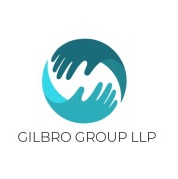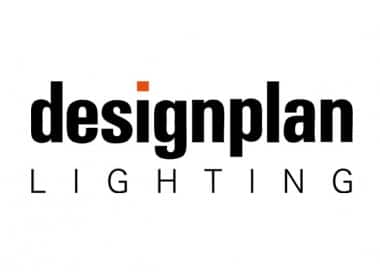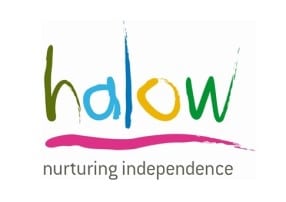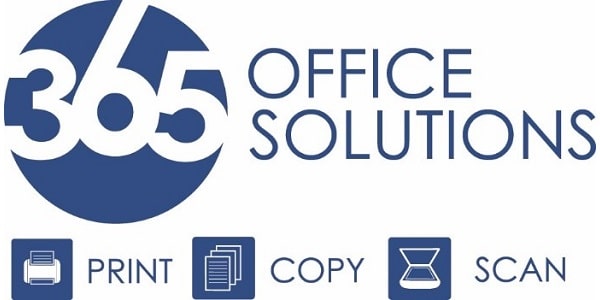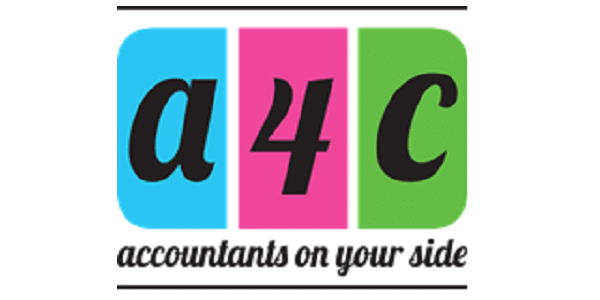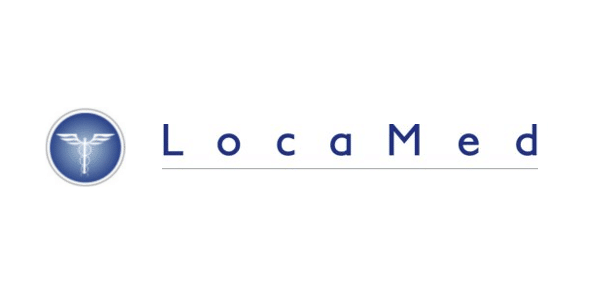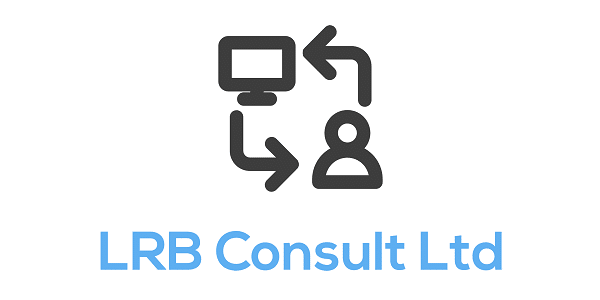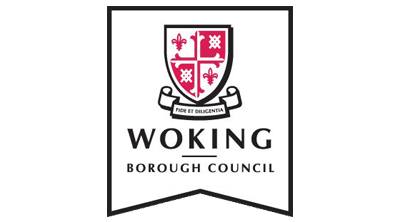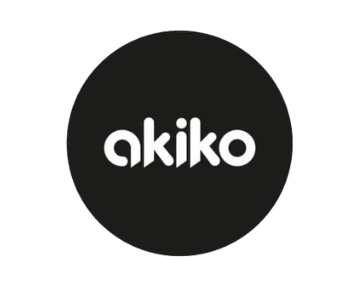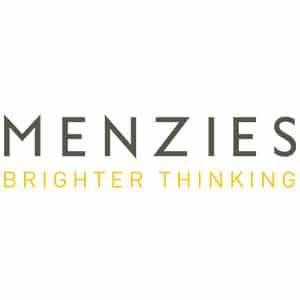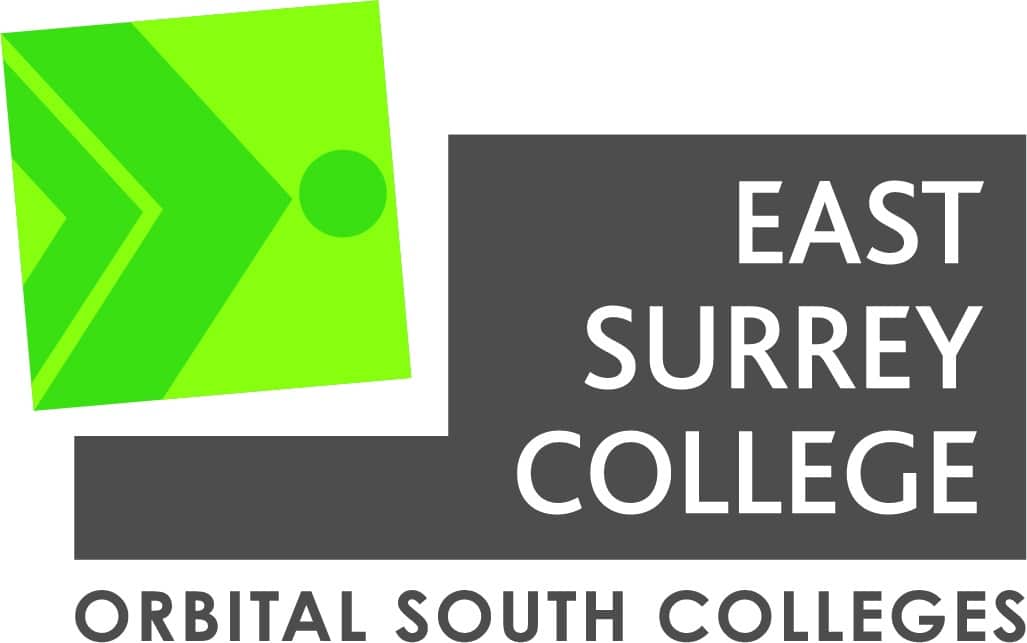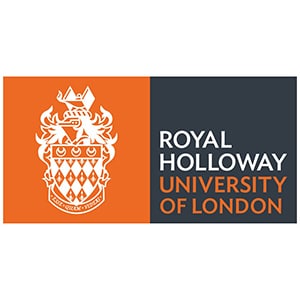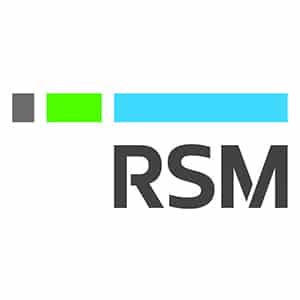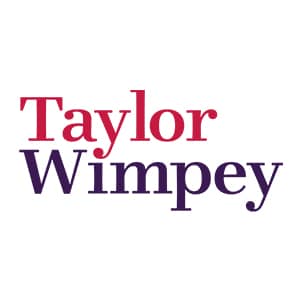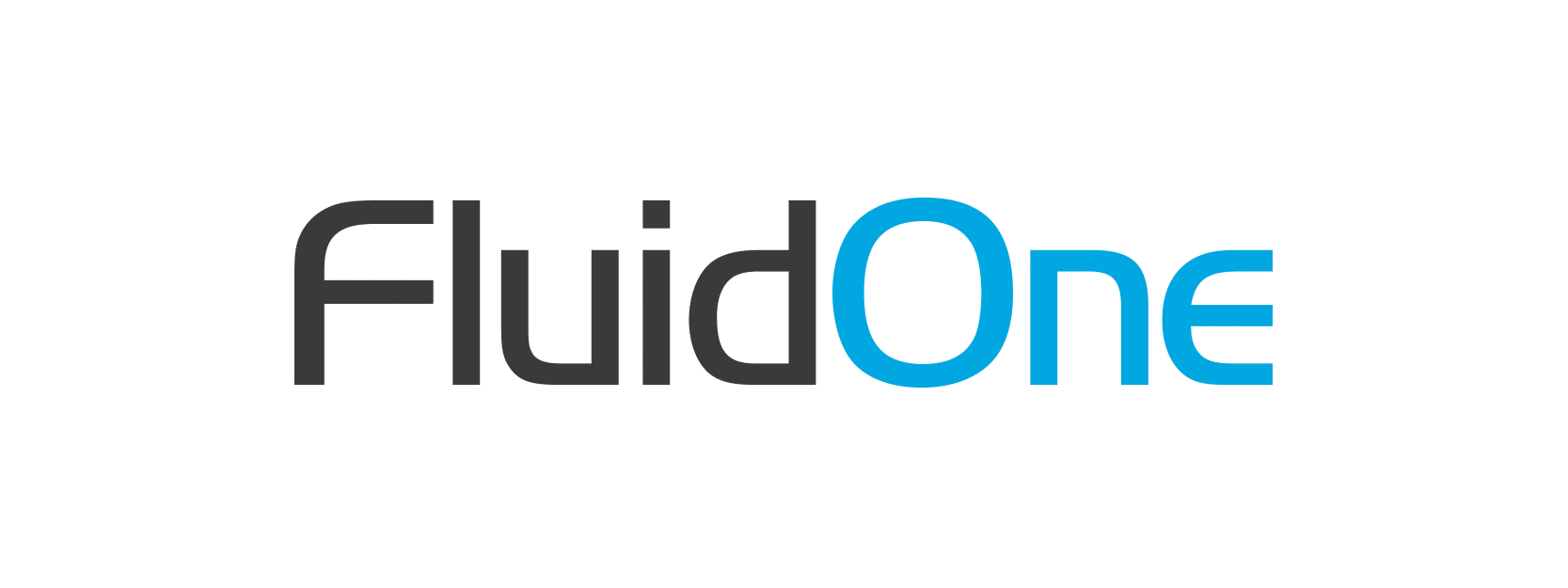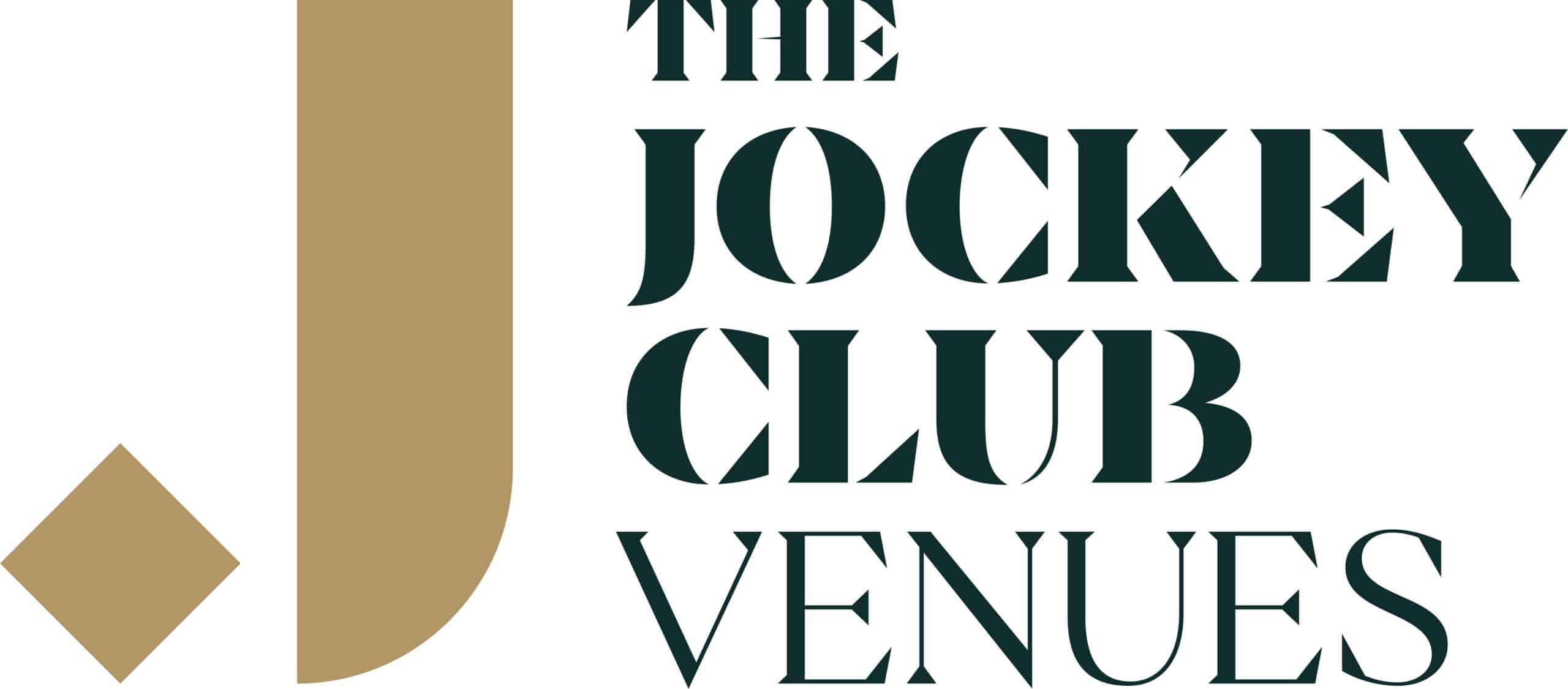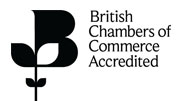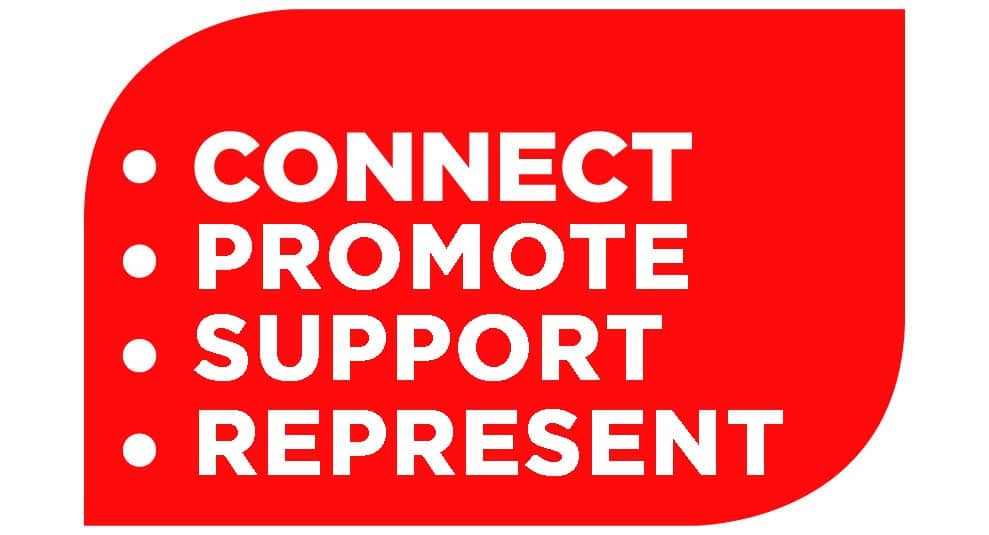DreamingFish – Our Journey to Net Zero

DreamingFish is a creative video agency producing video and animated content for a range of clients around the world. We currently employ 12 people, have a small office in Woking and every year undertake a large number of shoots across the country and overseas.
We are a values-driven company, and one of our values is ‘we care’, so we recognised we needed to do something to reduce our emissions, but as a small business where do you start?
We began by looking for a charity that plants trees that we could support. There are quite a few out there now, including World Land Trust, Ecologi and Earthly, but we settled on Tree Aid. Tree Aid does more than just plant trees in Africa, it looks to create sustainable communities, planting trees that can be eaten, provide shade, enhance the soil and provide a means of income. This approach completely resonated with our values so we decided to make a monthly donation as well as make a one-off payment every time we sign a new client. This was an attempt to offset any emissions produced as a result of our work.
But, just how much carbon do we actually produce? As a small business this can be difficult to measure. We had made the climate commitment on https://smeclimatehub.org/ and earlier this year Normative released a carbon calculator through the portal which meant that for the first time there was a simple way for a small business to calculate their emissions. It took a few hours, and we needed our detailed accounts for last year, but for the first time we had a number, and with that a means to track our progress to net zero.
What was surprising was that scope 1 and 2 (direct and indirect) emissions were very low but could still be reduced. Our HQ is semi-serviced so we don’t have control over the choice of electricity provider. We are in discussions to change this so we can choose a green provider. The office is also of wooden construction, making it cold in winter and hot in summer. This means we need to run heaters or cooling throughout the year so we are currently looking at alternative options for this.
Air travel is also a major part of the emissions that we produce. It hasn’t been an issue over the last two years because of Covid but we know that this year we’ll be back in the air again, so we’ll need to look at ways to address this. We have remote filming options and are looking to use local crews where possible, but sometimes nothing beats having a presence on the ground and that’s probably where we’ll have to fall back on offsetting.
What really shocked us was that 95% of our emissions were scope 3 – emissions produced by our supply chain. We have little control over how our freelancers and other suppliers choose to act, but we can influence this by amending our contracts and choosing companies and individuals that have greener credentials.
We are still early in our journey but feel that achieving net-zero as a business (scope 1 and 2) is possible by 2025, and we will aim to reduce our scope 3 emissions to zero by 2030. It is difficult, but it’s certainly not as complicated as it may first seem, and by acting together we can all stop this crisis before it’s too late.







